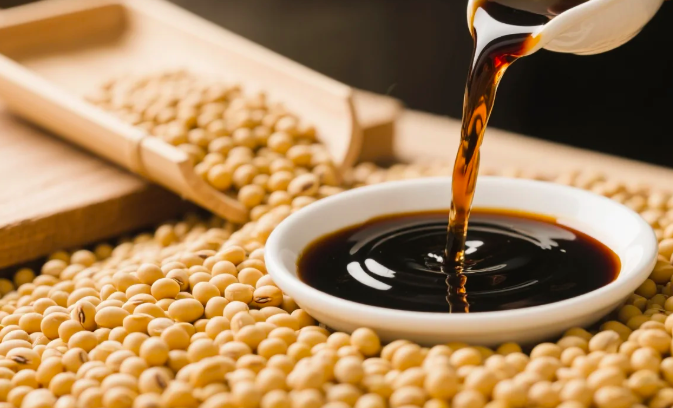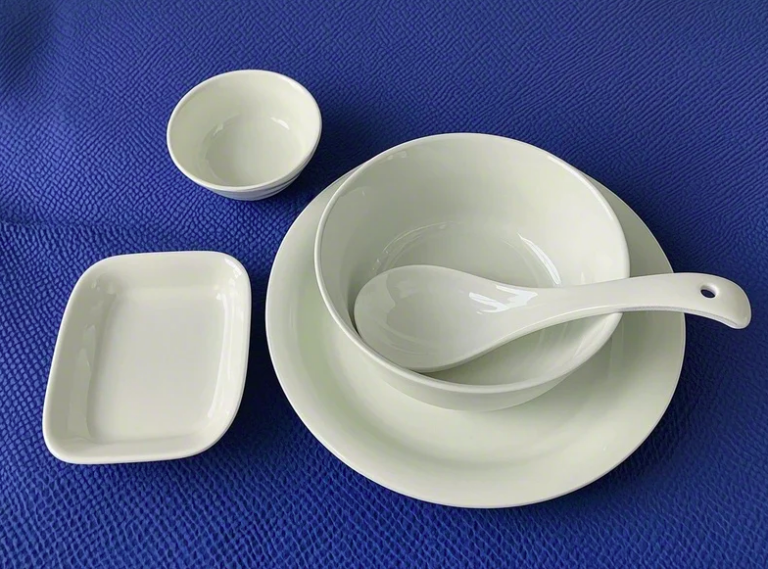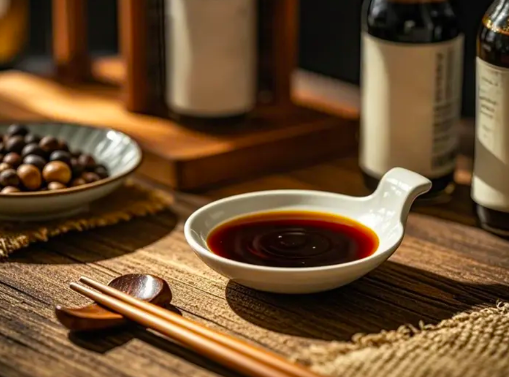目录
ToggleLiquid caramel, a rich and versatile ingredient, is widely used in the food industry for a variety of applications. It is produced by heating sugar until it melts and undergoes a Maillard reaction, which gives it its distinct flavor and color. Liquid caramel can be used in numerous culinary contexts, from beverages to confections, and even in industrial food production, offering an unmatched balance of sweetness and color. In this article, we’ll explore the diverse uses of liquid caramel in both home kitchens and professional settings, focusing on its role in food products and beverages.
Uses of Liquid Caramel in Confectionery
1. Adding Richness to Sweets
Liquid caramel is a key component in many confections, providing not only sweetness but also a deep, complex flavor. It is often used in the production of candies such as caramels, toffees, and nougats. The rich texture of liquid caramel contributes to the smoothness of the final product, making it more appealing. Depending on the desired flavor profile, caramel can be adjusted in terms of its sweetness, bitterness, and even its viscosity.
For example, in soft candies, liquid caramel serves as a binding agent and enhances the mouthfeel. It’s also used in the coating of candies like chocolate-covered caramels, contributing a glossy finish and a sweet, chewy texture.
2. Caramelized Flavor for Fillings
In the creation of cakes, pastries, and chocolates, liquid caramel can be used as a filling or topping. Its smooth consistency makes it perfect for drizzling over desserts such as ice cream or incorporating into layered cakes. The caramel can also be used to enhance flavors in fillings for pastries like eclairs, donuts, and tarts. By adjusting the concentration of the caramel, bakers can control the sweetness and consistency, ensuring the perfect complement to the other ingredients.
Liquid Caramel in Beverages
1. Enhancing Coffee and Cocktails
One of the most popular uses of liquid caramel in beverages is as a sweetener and flavor enhancer for coffee and cocktails. Many specialty coffee drinks, such as caramel lattes or macchiatos, rely on liquid caramel to provide a smooth, sweet base. It not only improves the flavor but also adds a pleasant golden hue to the coffee.
For alcoholic beverages, liquid caramel plays a crucial role in cocktails that require a sweet, rich undertone. Drinks like the Caramel Martini or a classic Caramel Old Fashioned use liquid caramel to add depth and sweetness. The consistency of liquid caramel allows it to blend well with other ingredients, contributing both flavor and visual appeal.
2. Nutritional Aspects of Caramel in Beverages
Liquid caramel can also have nutritional benefits when used in small quantities. It is typically made from sugar and water, and its caloric content is similar to other forms of sugar syrup. One tablespoon (about 15g) of liquid caramel contains roughly 50 calories, depending on the specific brand and formulation. When used appropriately, liquid caramel enhances the taste without adding excessive sugar content, making it a more manageable option for consumers.
Industrial Uses of Liquid Caramel
1. Food Industry Applications
Beyond its culinary uses, liquid caramel is essential in many processed foods. It is commonly added to food products like cereals, snack bars, and even sauces, providing both color and flavor. In the food industry, liquid caramel is often used to standardize the color of products, ensuring uniformity in appearance across batches. It’s especially valuable in the production of dark-colored foods like sodas, sauces, and baked goods, where the natural brown hue of liquid caramel can enhance the product’s visual appeal.
2. Preserving Shelf Life
In some cases, liquid caramel also plays a role in extending the shelf life of certain products. The high sugar content in liquid caramel can act as a preservative, helping to maintain freshness in packaged snacks and desserts. This is particularly true in ready-to-eat desserts or packaged goods, where the caramel may be incorporated to provide flavor while also helping to stabilize the product over time.
Conclusion
Liquid caramel is a versatile ingredient that serves a wide array of functions in the food and beverage industry. From its use in confectionery and beverages to its role in industrial food production, liquid caramel adds both flavor and visual appeal. By controlling its consistency and flavor profile, manufacturers and home cooks alike can tailor its use to create a variety of products, ranging from rich desserts to specialized drinks. Whether you’re enhancing the flavor of your morning coffee or creating a luxurious candy, liquid caramel is an essential ingredient in many beloved food products.
0








